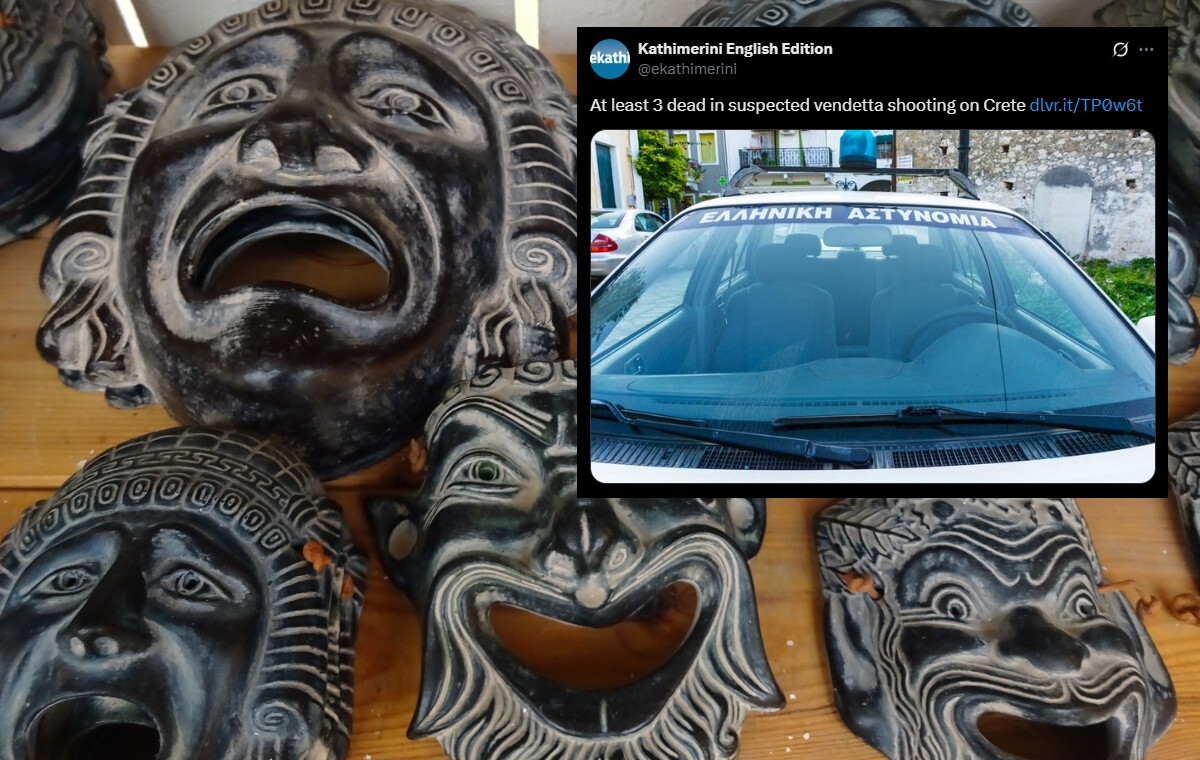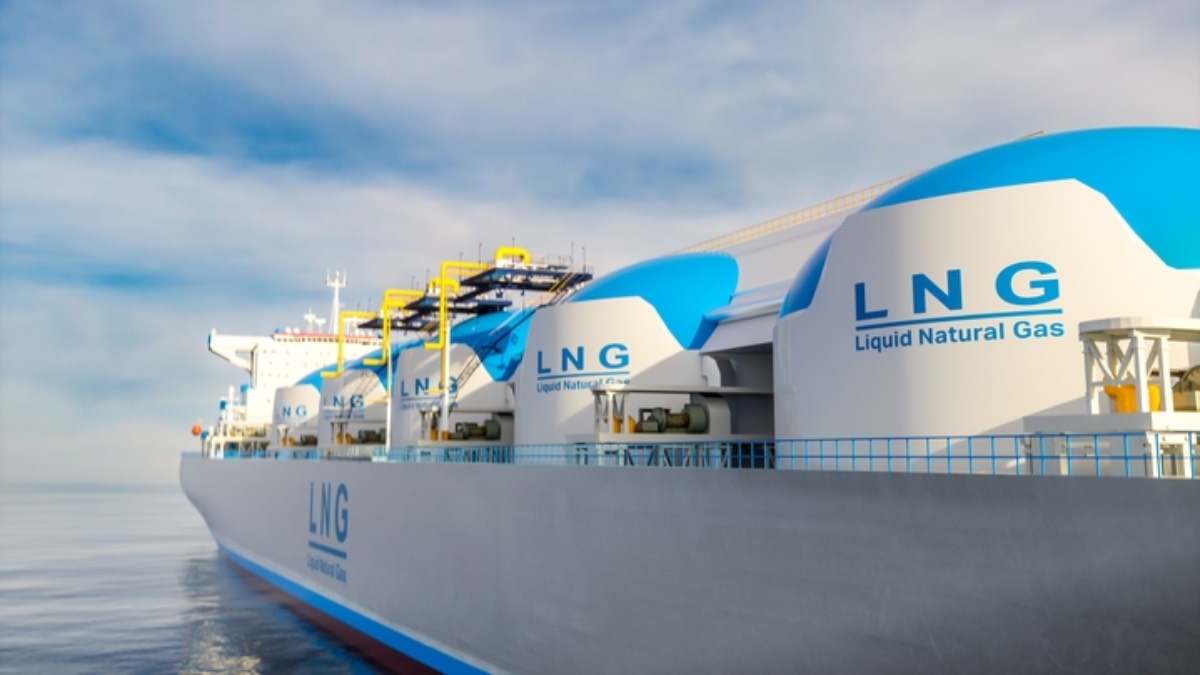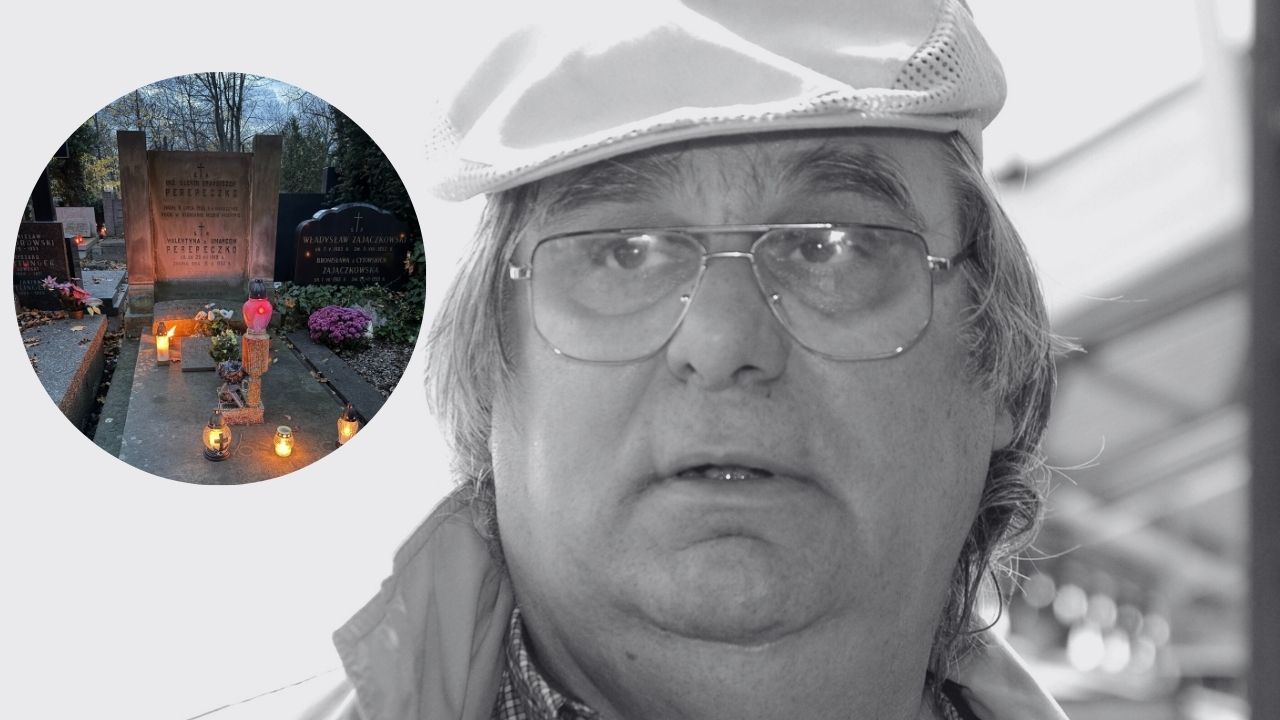
DELHI- Israel Aerospace Industries (IAI) is negotiating with Indian aviation companies, including Hindustan Aeronautics Ltd (HAL), to establish a passenger-to-freighter (P2F) conversion facility for wide-body aircraft in India.
IAI views IndiGo Airlines (6E) and Tata-owned Air India (AI) as potential partners for this venture, aiming to have the facility operational within two years.
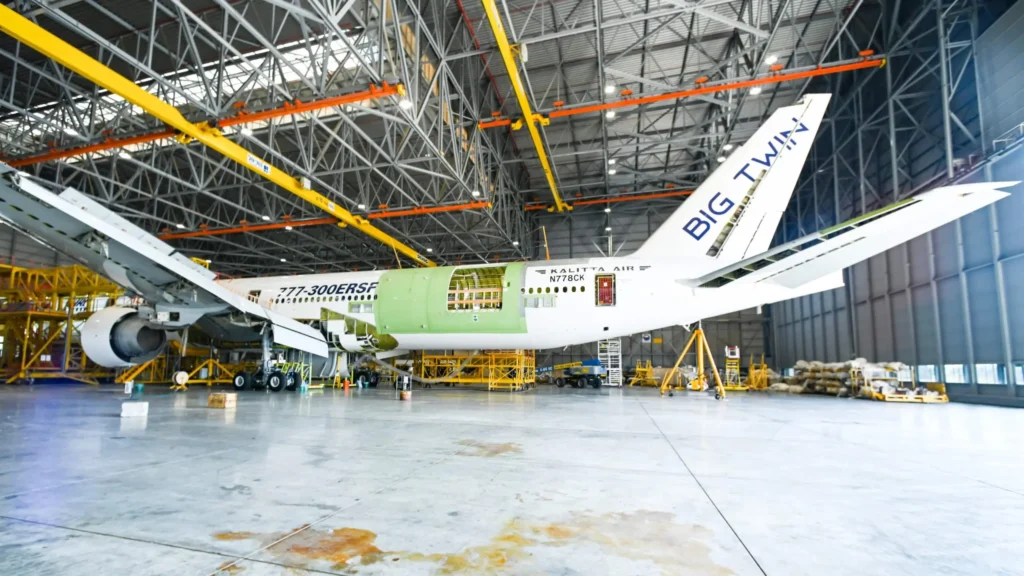 Photo: Big Twin Freighter
Photo: Big Twin FreighterIsrael Aerospace Industries and HAL Partnership
IAI’s Executive Vice President of the aviation group, Shmuel Kuzi, revealed to TOI that the company’s interest in setting up an engine maintenance, repair, and overhaul (MRO) facility in India. Kuzi emphasized the significant market potential for P2F conversions, highlighting IAI’s expertise in this field.
The Israeli company is pioneering the conversion of Boeing 777s into freighters capable of carrying 100 tonnes of cargo. This development is expected to revolutionize the freighter industry, as current twin-engine wide-body freighters can only carry up to 60 tonnes.
The Boeing 777 freighter will offer capacity close to the Boeing 747 jumbo jet’s 115-tonne capacity but with the fuel efficiency of a twin-engine design.
IAI’s focus on converting Boeing 777s and Airbus A330s into freighters aligns with growing demand in the cargo aviation sector.
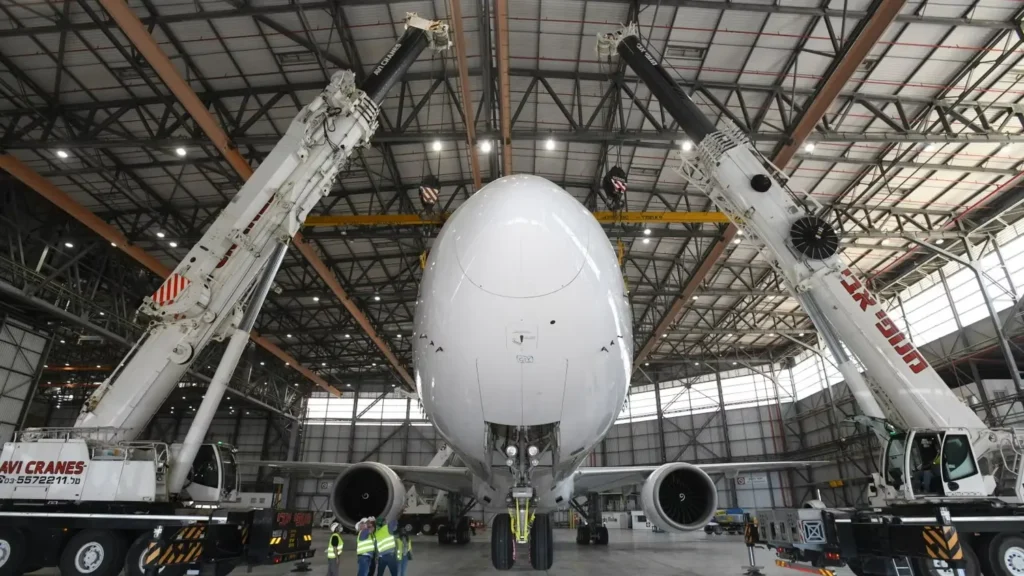 Photo: Big Twin Freighter
Photo: Big Twin FreighterLaunch in 2026
Shmuel Kuzi, IAI’s Executive Vice President of the aviation group, aims to finalize the India facility by the end of the year. The company targets operational readiness by 2026. IAI’s investment will amount to several million dollars, with a focus on human resource development through on-the-job training at existing sites
IAI operates four such facilities globally, all fully booked until 2027. The company recognizes India’s potential for hosting a wide-body conversion facility and is in talks with Hindustan Aeronautics Ltd (HAL) and another unnamed company.
The proposed facility would require hangars at an airport and a suitable partner. Each hangar can convert 2.1 planes annually, with each wide-body conversion taking about five months or 100,000 man-hours. The average cost for converting a wide-body aircraft is $38 million, varying based on order volume.
Kuzi anticipates significant demand for wide-body conversions within India and sees potential for the facility to serve global customers.
IAI also expresses interest in establishing an engine maintenance, repair, and overhaul (MRO) facility in India, driven by substantial aircraft orders from Indian carriers like IndiGo, Air India, and Akasa Air (QP), totaling over 1,200 aircraft.
Also Read: Airbus and HAL to Establish New MRO for A320 Aircraft – Aviation A2Z
 Photo: Israel Aerospace Industries
Photo: Israel Aerospace IndustriesStrengthening Roots in India
In March 2024, IAI launched its Indian subsidiary, AeroSpace Services India (ASI), in New Delhi. This move aligns with India’s ‘Atmanirbhar Bharat’ (self-reliant India) and ‘Make in India’ initiatives, demonstrating IAI’s commitment to the Indian market.
ASI will serve as the sole authorized Original Equipment Manufacturer’s Technical Representative for the entire medium-range surface-to-air Missile (MRSAM) system.
The new subsidiary employs approximately 50 people, with 97% being Indian nationals.
Furthermore, IAI formed a partnership with IIT Delhi for applied research, marking a significant step in international academic-industry collaboration.
The collaboration aims to leverage research capabilities to drive technological progress and excellence, shaping India’s future technological landscape.
Boaz Levy, IAI’s President and CEO, expressed pride in partnering with IIT Delhi, renowned for its engineering and technology programs. He emphasized IAI’s commitment to investing in technology and innovation in India, viewing this cooperation as a natural progression in promoting shared goals between the two nations.
What are your thoughts on Israel Aerospace Industries India’s Strategy? Let us know in the comments.
Join us on Telegram Group for the Latest Aviation Updates. Subsequently, follow us on Google News.
Thales to Setup New MRO in Gurgaon by March 2025
The post Israel Aerospace Industries and HAL in Talks to Built New Wide-body P2F Facility in India appeared first on Aviation A2Z.

 1 rok temu
1 rok temu






